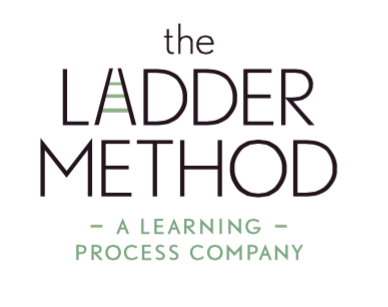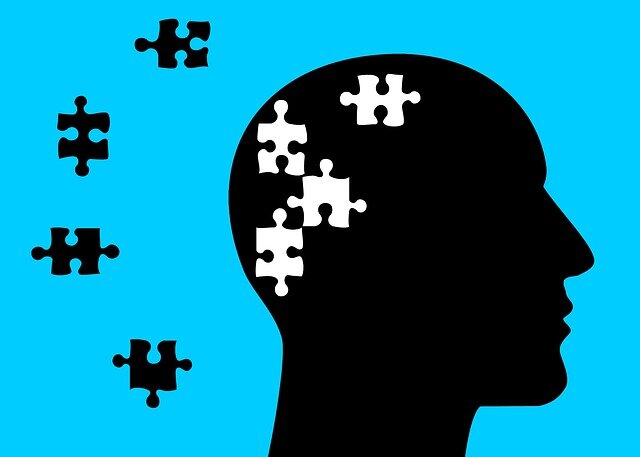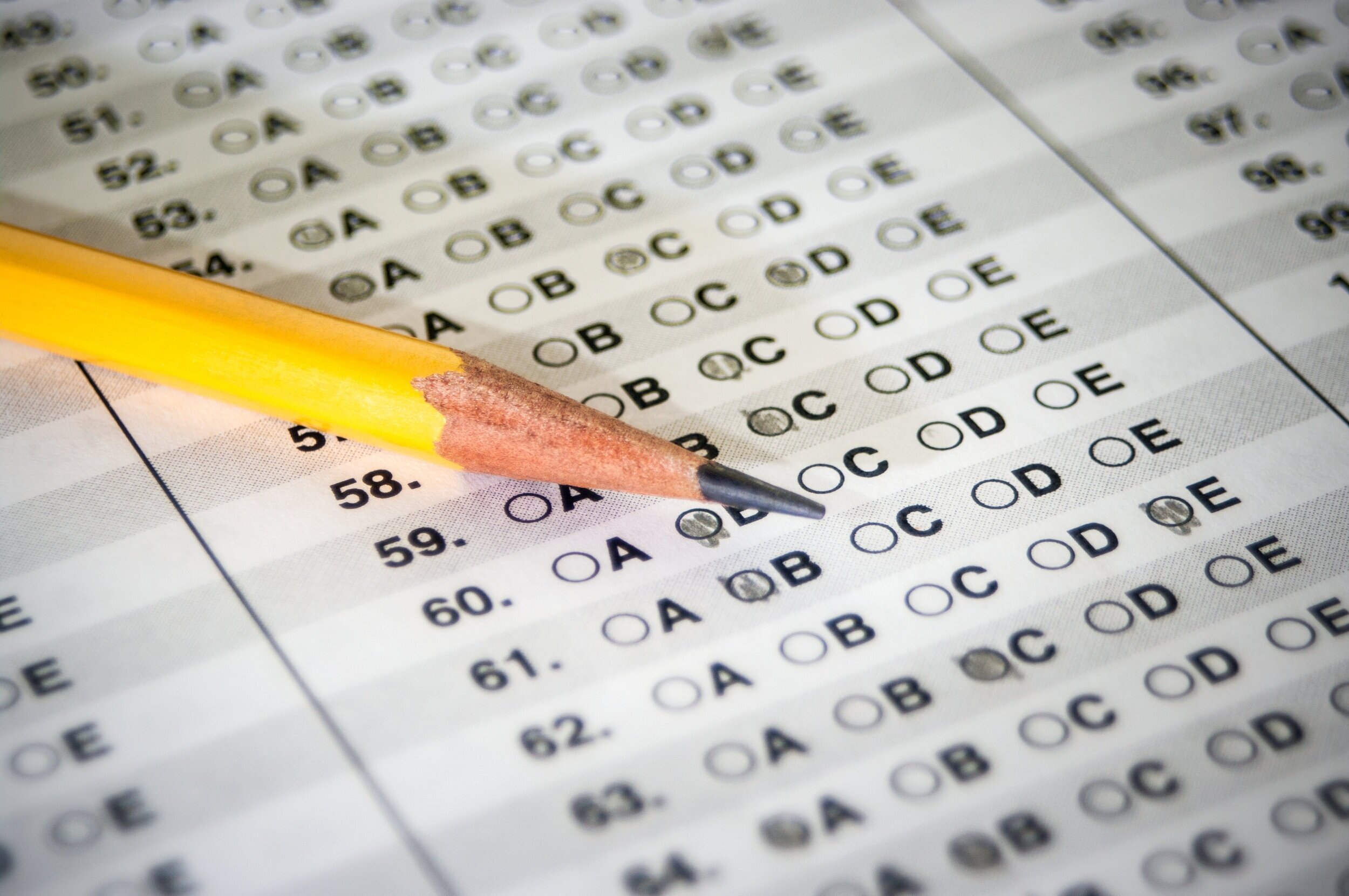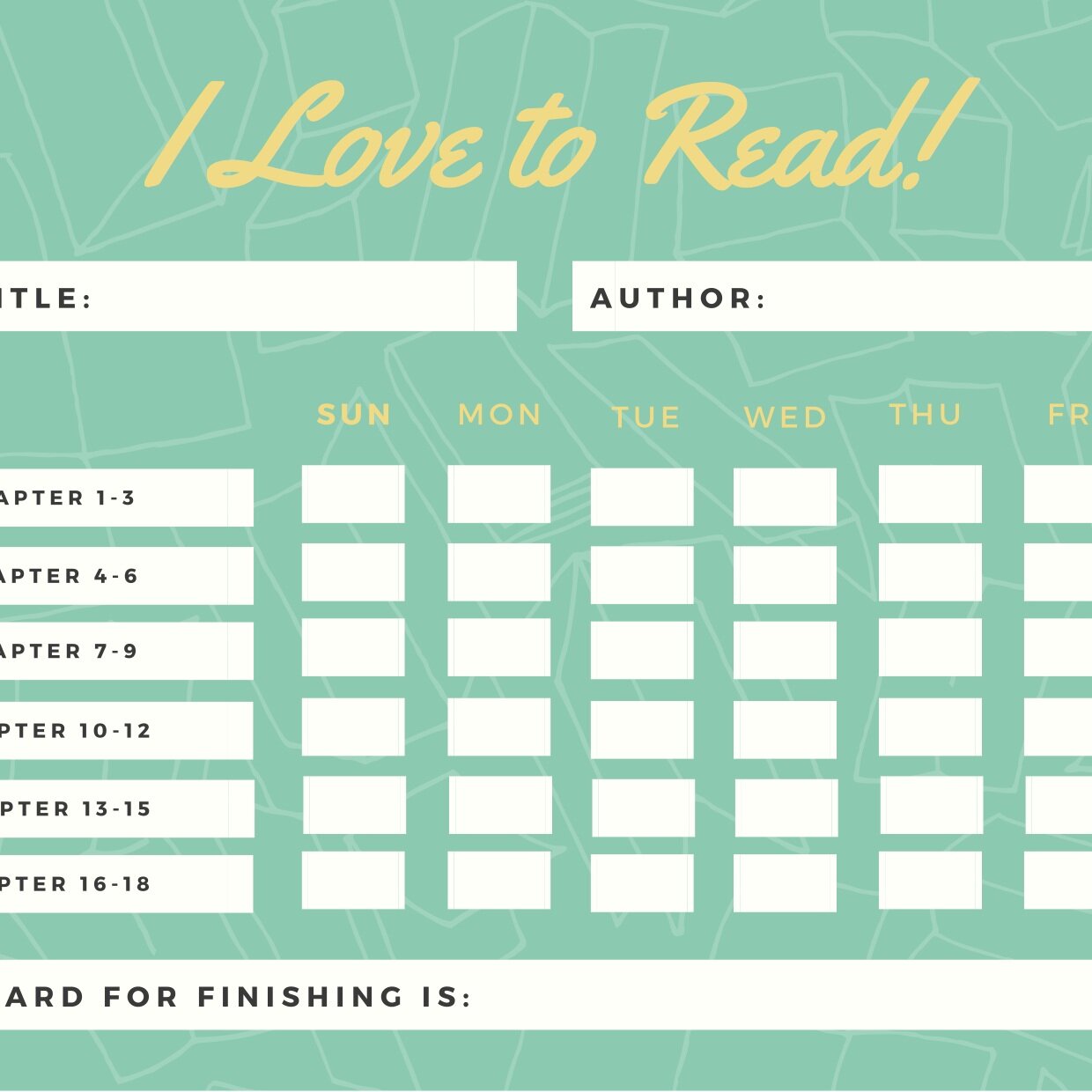The Top Benefits of Exercise and Learning
Earlier this week we discussed the importance of taking “brain breaks” while working, and what those breaks should look like. Exercise breaks are one of the most important ones. But how can you maximize the effectiveness of these breaks?
In his new bestseller “Spark: The Revolutionary New Science of Exercise and the Brain,” Harvard Psychologist John Ratey explained that not only does exercise promote wellness, it in fact enhances learning. A 2004 review of over 850 different studies of the effects of physical activity in school children found that exercise has a positive influence on memory, concentration, and classroom behavior. (1)
This effect is due to the chemical benefits of exercise. Ratey shows that exercise helps bind the proteins and neurons in the brain that jumpstart memory retention and cognitive functioning. When the brain learns something new, it is these neurons that are responsible for binding the information together, and exercise strengthens those neurons. (2)
In addition to those neurons that help with brain functioning, exercise also tackles stress, anxiety, and depression. Movement releases endorphins and raises levels of serotonin and dopamine. The lack of these chemicals is highly linked with depression and anxiety. (3) Many therapists and psychologists prescribe additional exercise as a treatment for anxiety and depressive disorders. A little movement can go a long way towards avoiding the stress that is so often associated with schoolwork.
Scheduling is Important:
Alright, I’ve just laid out to you why your child should be exercising during study time. But what if they don’t have time to leave for a 45-minute bike ride?
No worries! The kind of movement that helps you study doesn’t have to—and honestly shouldn’t— belong workouts. It can be very helpful to schedule a long run or sports practice BEFORE a study session, but during the studying, quick bursts of cardio are your friend. Here are some examples of good study break workouts:
Quick bursts of cardio, such as jumping jacks or burpees
Pushups
And, if you’re looking for a longer workout, many treadmills and exercise bikes have platforms on which to put a textbook. This can be a great way to fit in a workout if you have a lot of reading!
But Not So Important…
However, if you have a child that is age 13 and lower, it can in fact be helpful to get them a longer break. Ratey recommends 45-60 minutes overall, but especially for children whose brains are still developing. (4) Learning to play actively is one of the most important things children can learn. Not only does this exercise have all the benefits we laid out above, but team sports promote focus and dedication, making them particularly valuable for children with learning differences such as ADHD. So for children, it’s better to let them fully leave the studying environment to run and play!
Sources:
(2): Ratey, J. J., & Hagerman, E. (Collaborator). (2008). Spark: The revolutionary new science of exercise and the brain. New York, NY, US: Little, Brown, and Co.
(3): https://v.fastcdn.co/u/3a1b1cdf/28217742-0-Spark-by-John-Ratey-.pdf
(4): https://v.fastcdn.co/u/3a1b1cdf/28217742-0-Spark-by-John-Ratey-.pdf
(5): https://v.fastcdn.co/u/3a1b1cdf/28217742-0-Spark-by-John-Ratey-.pdf











